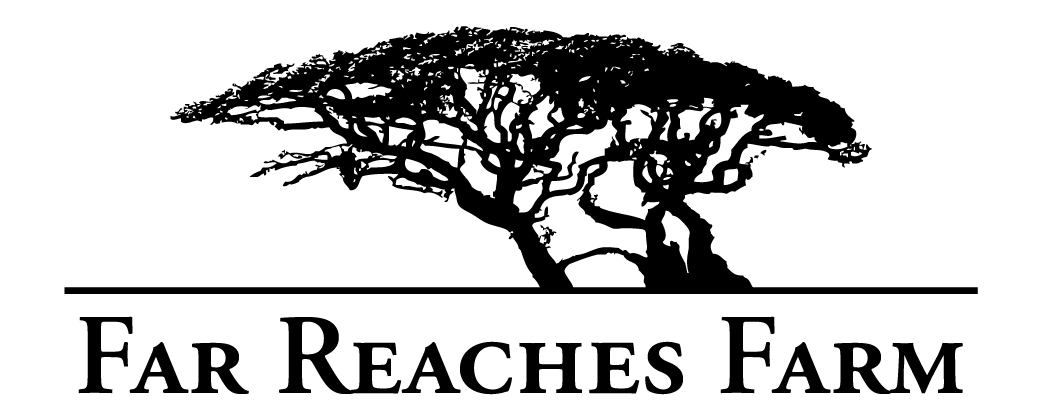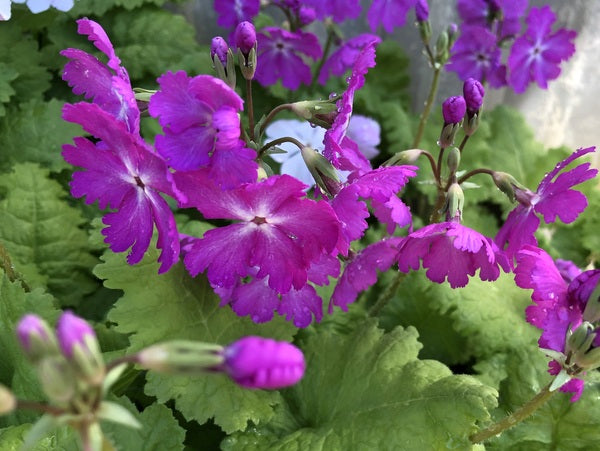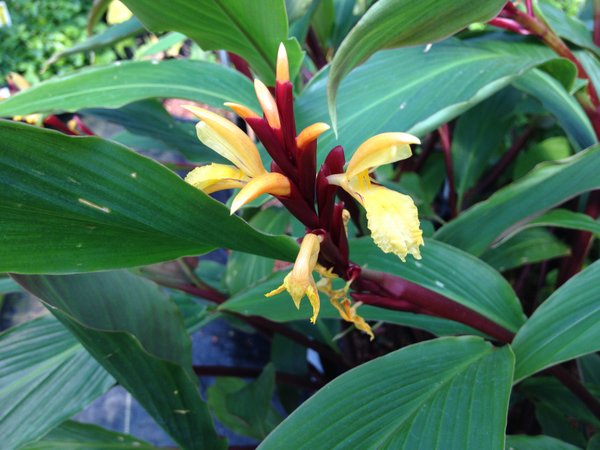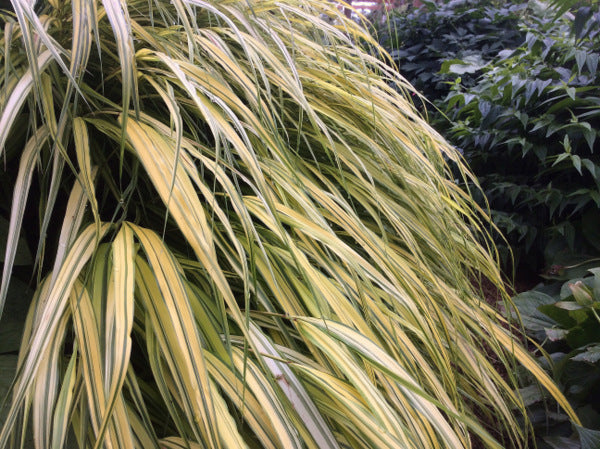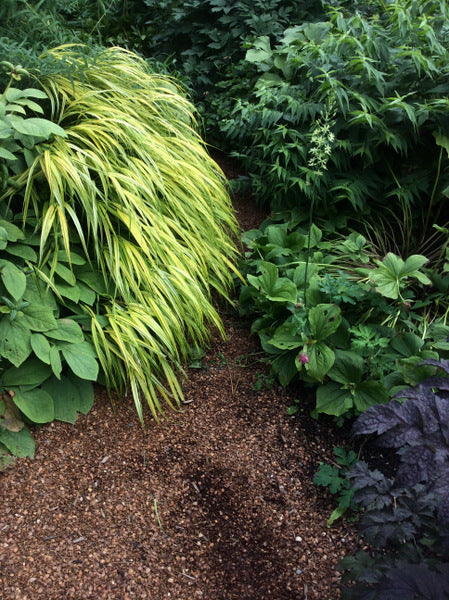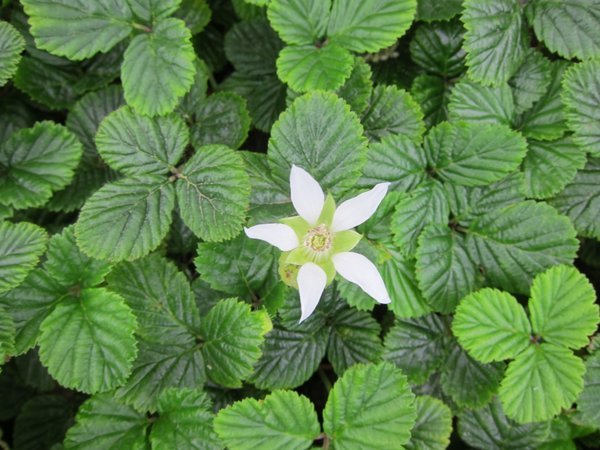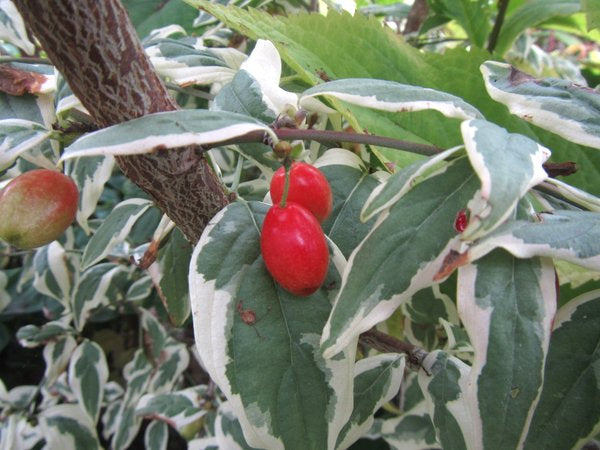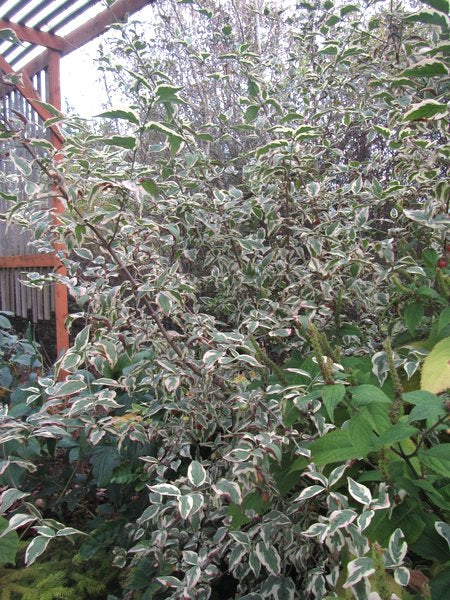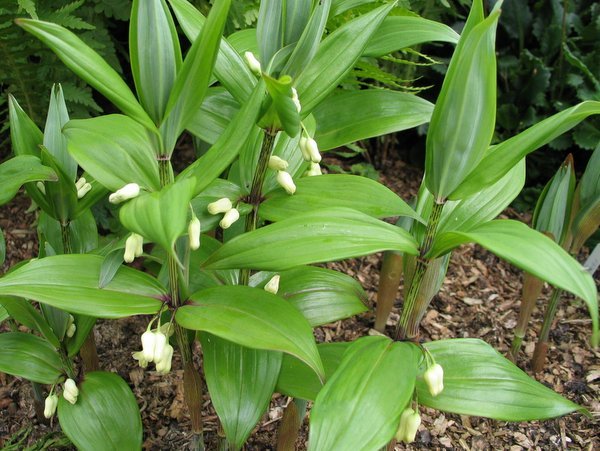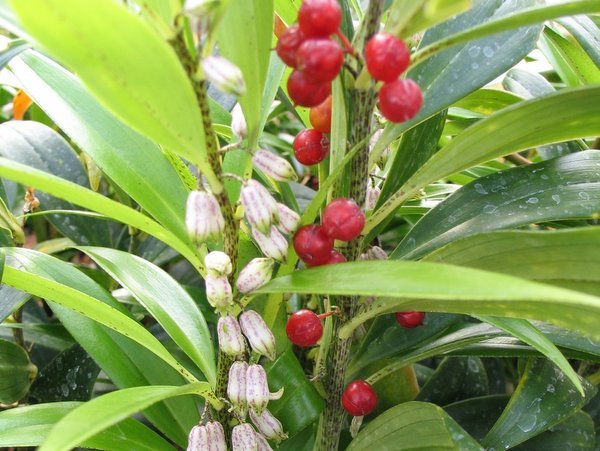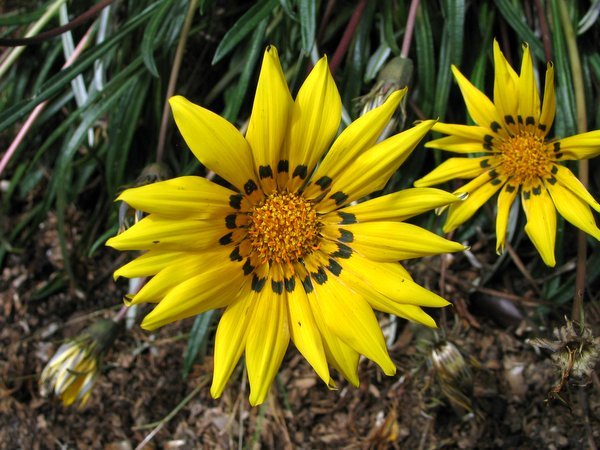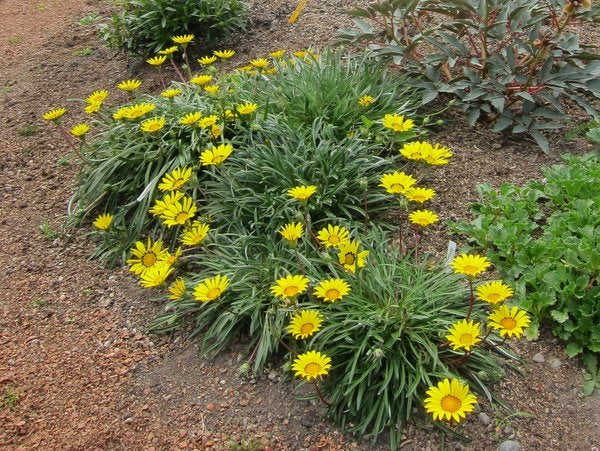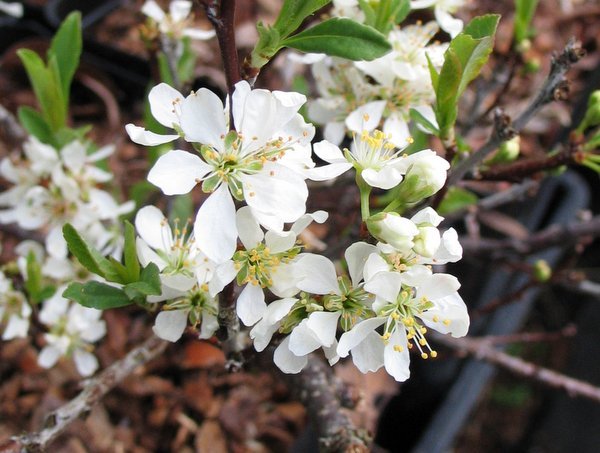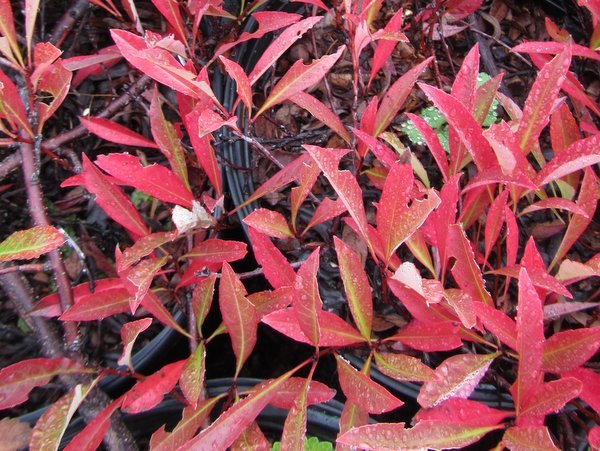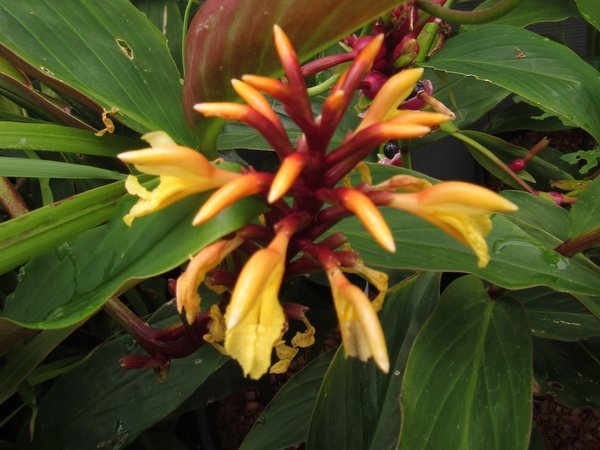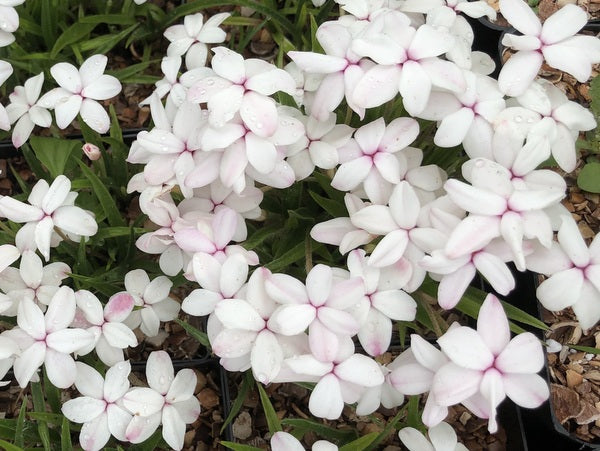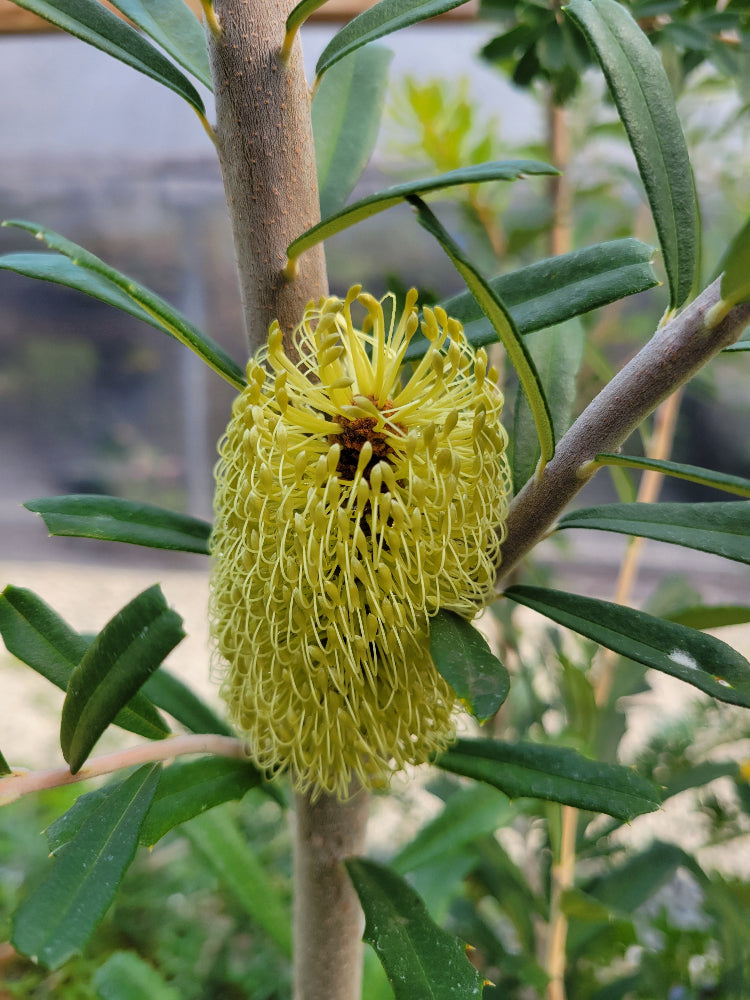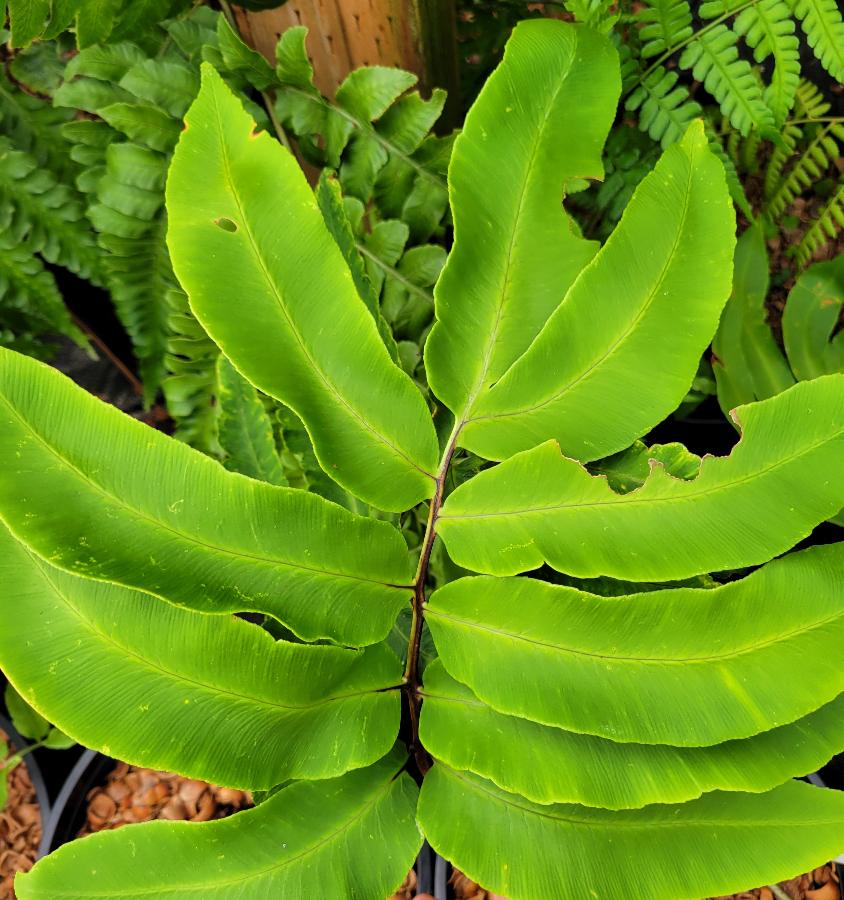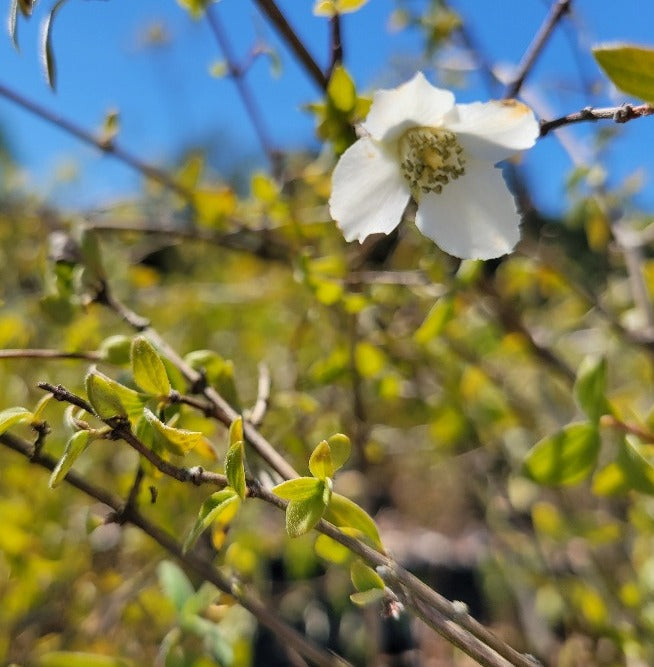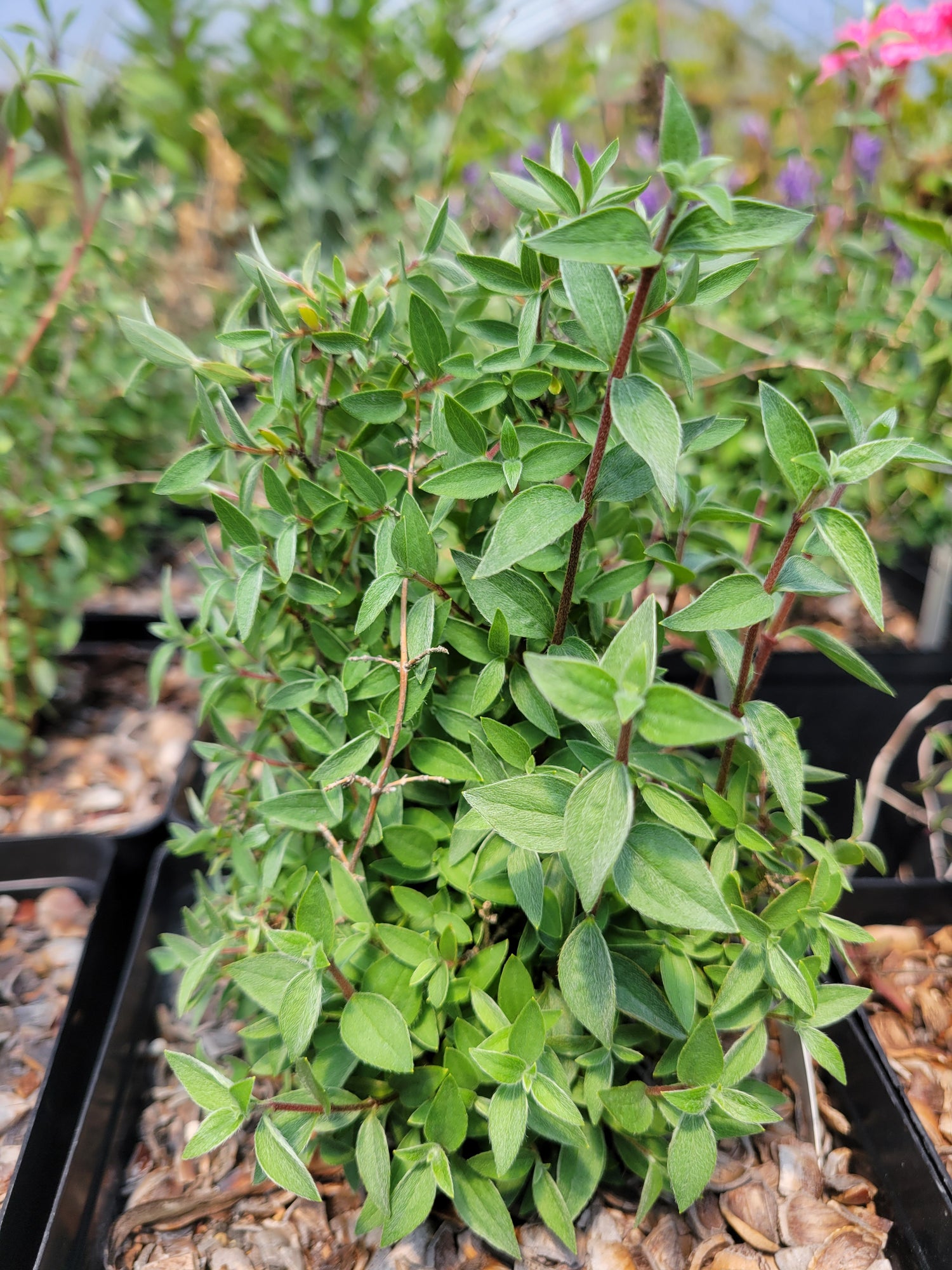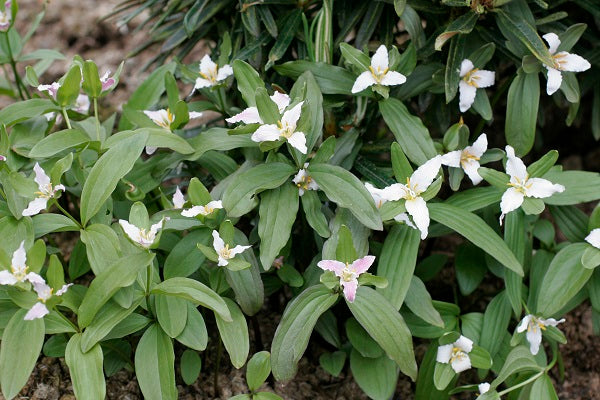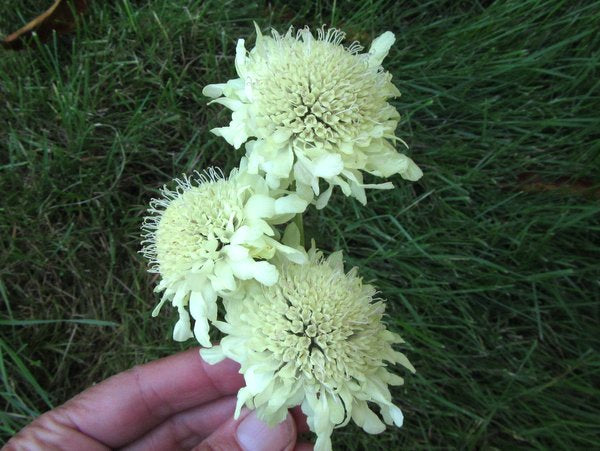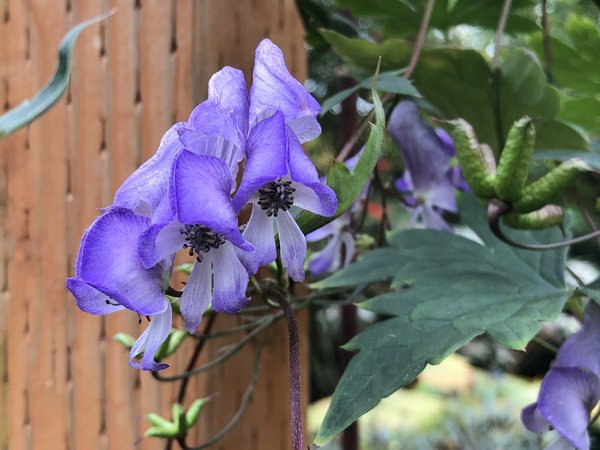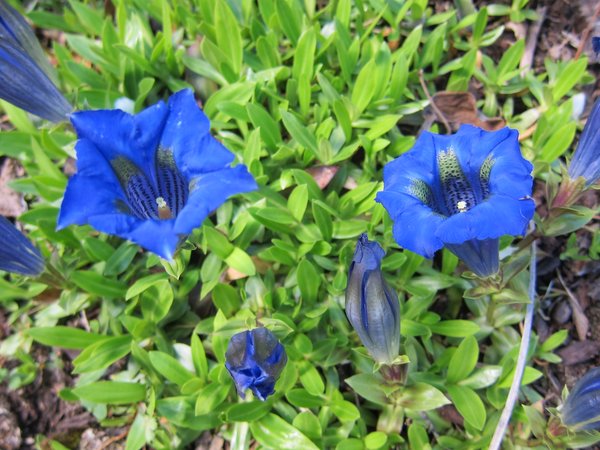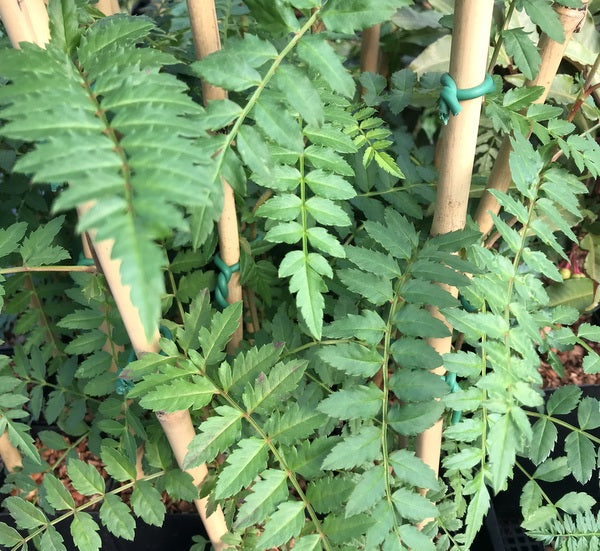Sort by:
1758 products
1758 products
Proteaceae is a family of plant royalty with a loyal following, and for good reason the flowers of the group are often some of the most spectacularly otherworldly and botanically intricate of any in the plant kingdom. Unfortunately we here in the PNW are limited to a few choice species in an even choicer few genera. Generally this isn't thought to include the radical "cone"-bearing Aussie group Banksia though if ever there was a species to be tried here this is the one. We have heard rumors of successful specimens in Seattle and some of the coastal-est climes of the region. For those in the Bay just buy it and revel in the stamen-loaded goodness while we weep with envy. A sheltered sunny spot with as much heat as you can muster, with decent drainage and no phosphorous will give you the best chances.
Even among the fern-enthused Dryopteris can sometimes have a bad reputation for same-iness. However if there is one stand-out member this is the one, looking totally unlike what you expect from the genus and rivalling even the tropical ferns of your dreams. Thick blue-green dactyloid fronds that will slowly spready but never truly become dense, making it a great accent plant to thread through your woodland stand-bys. Shockingly hardy down to Zone 6b and evergreen above 5F.
An Arizona collection of this Southwestern Mock Orange which makes an excellent rock garden or low-water subject with its dense shrubby habit and fragrant white flowers. The foliage holds its own as well with a mint-green softness provided by the minute pale hairs which coat each leaf that one could in this case call either peach fuzz or mock-orange fuzz, and which require no need of razoring.
Bestowed the unflattering common name of "Least Trillium", its charming appearance tends to disagree, though to be fair to old folkways it is indeed one of the smallest trillium species. One of the stalked trilliums featuring a trio of slightly undulate white petals sometimes tinged with pink subtended by semi-rolled sepals. Yet another case of size matters not.
